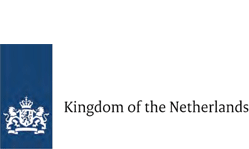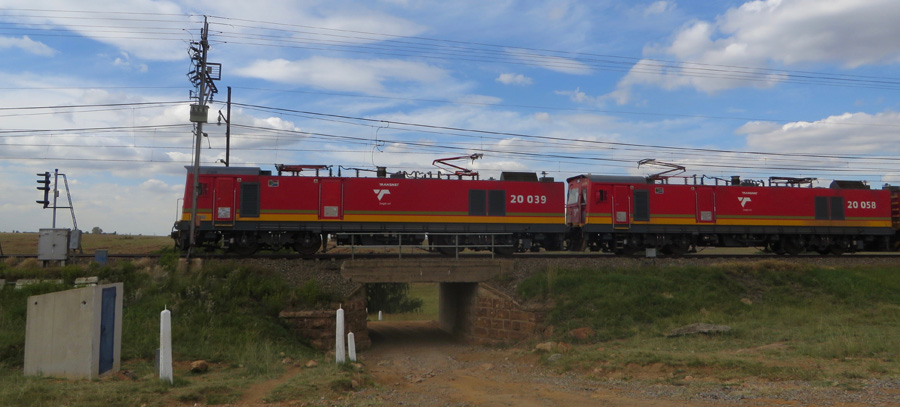About NZASM
The Nederlandsche Zuid-Afrikaansche Spoorweg Maatschappij (NZASM) was established in 1887 as a private endeavour in the Netherlands to build a rail line from Pretoria, then capital of the Zuid-Afrikaansche Republiek (ZAR, 1854-1902) to Lorenco Marques (now Maputo, Mozambique), the so-called Oosterlijn or Eastern Line. The Dutch brought with them their expertise of railroad building in then Sumatra (now Indonesia) as well as in the Netherlands. The territory of the Lowveld was romantic but rugged and uncharted. Great ingenuity, fortitude and endurance were needed to conquer the terrain and in so doing opened up new areas for settlement. Other rail connections were also established by the NZASM – south-eastwards to the then British Colony of Natal (now Kwa-Zulu Natal Province) southwards to the then British Colony of the Cape (now Western Cape Province), westwards to link the larger outlying areas of the ZAR (now North-West Province) while the rapidly industrializing areas of the Rand mines were provisioned with the so-called Rand Tram. After only a short period of thirteen years the South African (Anglo-Boer) War (1899-1902) saw the deliberate destruction of much of what had been built by the NZASM but this was rapidly repaired by the Imperial Military Railways (IMR) of the British Forces as they took possession of all infrastructure as they advanced into Boer territory. Most NZASM personnel were expelled, and in 1908 the affairs of the NZASM formally wound up. As the rail infrastructure in a united South Africa (1910) was consolidated the residue of the NZASM enterprise became incorporated into upgraded infrastructure. It was assumed that little remained. This is however untrue. Freight and passenger trains still thunder over stone bridge abutments and pylons, stone culverts and past many buildings – stations and houses – built in the time of the NZASM. Here we present some of its highlights to enjoy.



